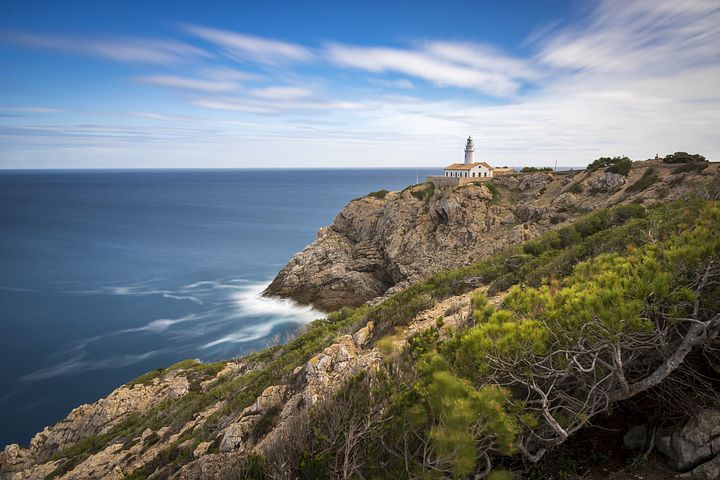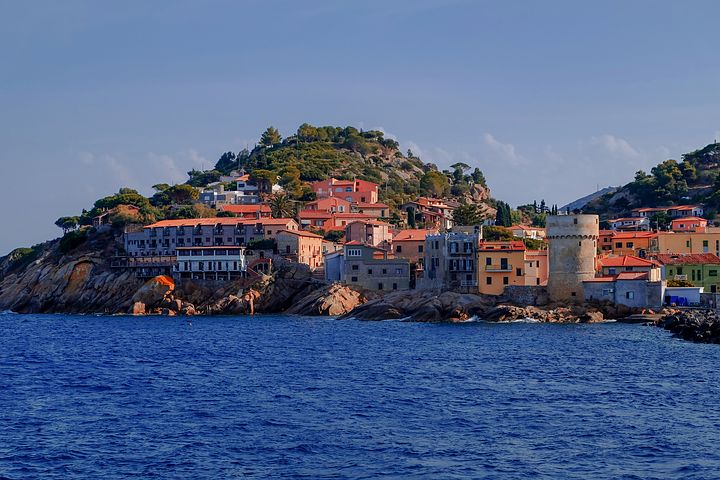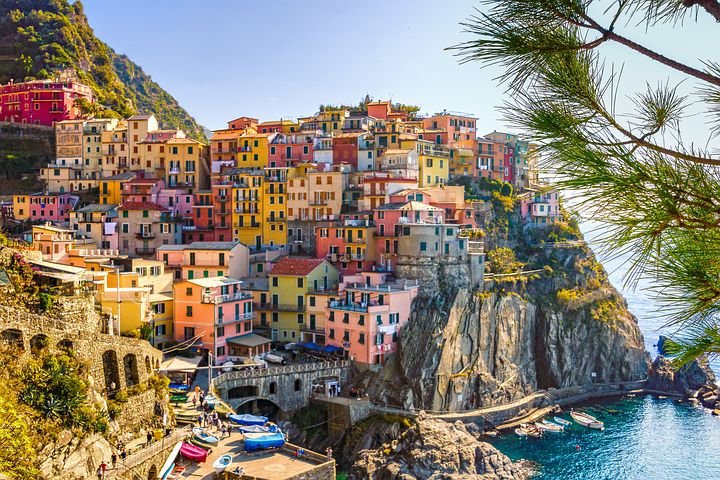The brief: Coastal and maritime tourism in the Mediterranean Sea

Maritime tourism is at the centre of the future sustainable plan in the European Union. To look at what might happen in the future of maritime tourism, we analyzed a focus by the Union for the Mediterranean that carried out qualitative and quantitative research on the subject. In this brief we will give a summary of the results.
The characteristics of the sector
Representing 30% of global tourism flows and hosting the world’s leading tourist destinations, the sector is volatile, exposed to climate change effects (for example coast erosion) and global shocks (financial crises, pandemics, etc.). There is a clear need for structural changes towards more ecologically sustainable and socially resilient models which are grounded on local strengths and assure domestic returns.
Challenges and Opportunities
The challenges are clearly persistent detrimental impacts of current unsustainable business models on natural ecosystems. Natural assets highly exposed to the impacts of climate change, eutrophication and related challenges. The opportunities certainly regard capturing the value of biodiversity as a basis for growth. It is also important to evaluate the potential for a stronger regional brand across green, sustainable and value-added destinations.

Past and Present of this sector
In the past, the sector had a strong recovery from the financial crisis, although with different vulnerability levels. The year 2019 was the greatest year for tourism in the region with 22.1 million passengers. The distribution of arrivals and revenues varied largely across the region. Economically, the total contribution was estimated at 901 billion dollars in 2015, with only 58 billion reaching North African countries.
At present, a strategic understanding has emerged amongst businesses and policymakers to refocus the touristic appeal to local visitors – by assuring safety, promoting sustainable and socially inclusive services and products, and raising the ‘one destination’ profile of the Mediterranean region. The sector as a whole has been growing, and recent estimates expected it to reach 626 million international tourist arrivals by 2025. International tourist arrivals were expected to increase globally to 1.8 billion by 2030; a trend that may well be reconsidered – at least in the mid-term – due to the COVID-19 pandemic. Indeed, the impact of the pandemic is of about 60-80% decline in international arrivals with 120 million direct tourism jobs at risk globally. There is certainly a need to rethink how the sector operates to move towards a sustainable recovery.
A glance at the future…
Looking towards the future. Overall growth potentials remain high when applying more sustainable and value-added models. These include a push to favour greater economic returns for local communities and creating high skilled jobs. This results in a challenge to ensure the availability of qualified workers
Recovery paths across the region include further development of the Mediterranean as a single tourism brand – e.g. by fostering innovation for fully sustainable, safe and accessible tourist destinations, greater ability to develop green tourism infrastructures, reducing seasonality effects due to mass tourism, and an uptake of digitalisation to ensure the diversification of touristic markets, products and services

